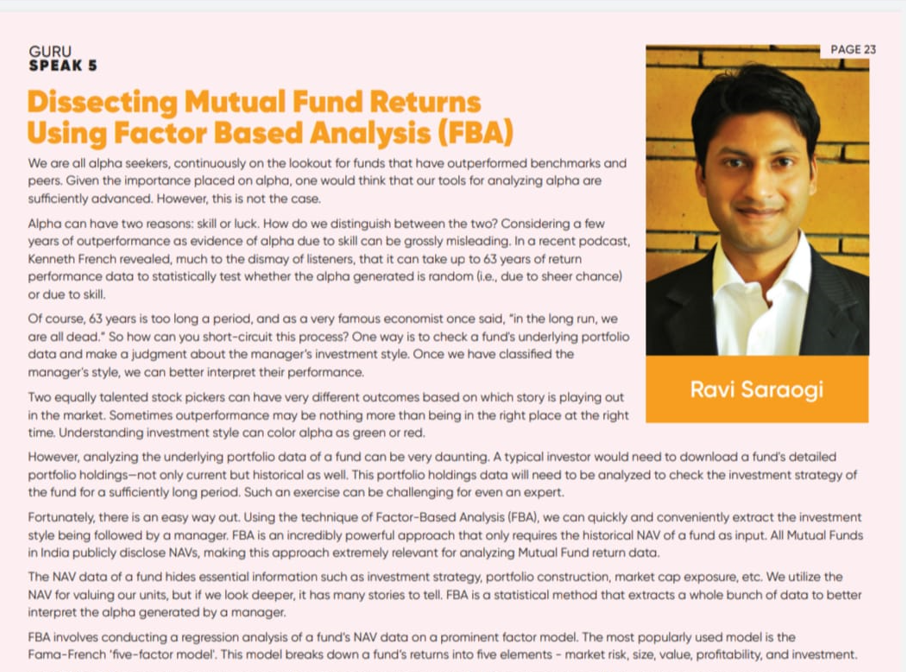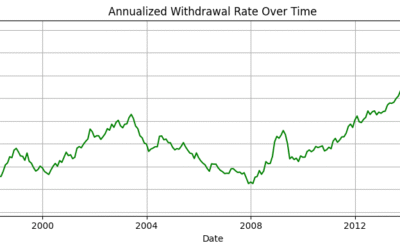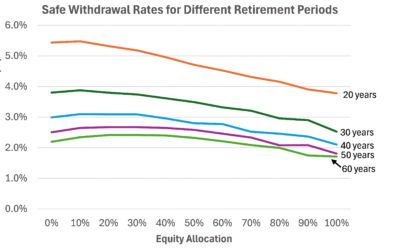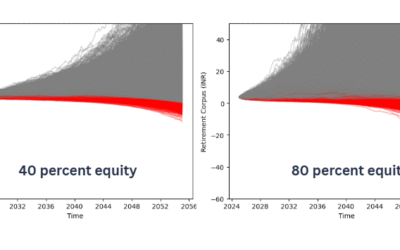(This article was published in Mint Money and can be accessed from the link below)
https://special-initiatives.livemint.com/MUTUAL-FUNDS-Demystified
We are all alpha seekers, continuously on the lookout for funds that have outperformed benchmarks and peers. Given the importance placed on alpha, one would think that our tools for analyzing alpha are sufficiently advanced. However, this is not the case.
Alpha can have two reasons: skill or luck. How do we distinguish between the two? Considering a few years of outperformance as evidence of alpha due to skill can be grossly misleading. In a recent podcast, Kenneth French explained, much to the dismay of listeners, that it can take up to 63 years of return performance data to statistically test whether the alpha generated is random (i.e., due to sheer chance) or due to skill.
Of course, 63 years is too long a period, and as a very famous economist once said, “In the long run, we are all dead.” So how can you short-circuit this process? One way is to check a fund’s underlying portfolio data and make a judgment about the manager’s investment style. Once we have classified the manager’s style, we can better interpret their performance.
Two equally talented stock pickers can have very different outcomes based on which story is playing out in the market. Sometimes outperformance may be nothing more than being in the right place at the right time. Understanding investment style can color alpha as green or red.
Therefore, analyzing the underlying portfolio data of a fund can be very daunting. A
typical investor would need to download a fund’s detailed portfolio holdings—not only current but historical as well. This portfolio holdings data will need to be analyzed to check the investment strategy of the fund for a sufficiently long period. Such an exercise can be challenging for even an expert.
Fortunately, there is an easy way out. Using the technique of Factor-Based Analysis (FBA), we can quickly and conveniently extract the investment style being followed by a manager. FBA is an exceptionally powerful approach that only requires the historical NAV of a fund as input. All Mutual Funds in India publicly disclose NAVs, making this approach extremely relevant for analyzing Mutual Fund return data.
The NAV data of a fund hides essential information such as investment strategy,
portfolio construction, market cap exposure, etc. We utilize the NAV for valuing our units, but if we look deeper, it has many stories to tell. FBA is a statistical method that extracts a whole bunch of data to better interpret the alpha generated by a manager.
FBA involves conducting a regression analysis of a fund’s NAV data on a prominent factor model. The most popularly used model is the Fama-French ‘five-factor model’. This model breaks down a fund’s returns into five elements – market risk, size, value, profitability, and investment.
If the FBA analysis reveals a significant output for market risk, it suggests the fund is a closet indexer. A significant size factor indicates a small-cap tilt, while a significant value factor points to a value-focused strategy.
Once we categorize the fund’s style and the approach the manager has taken, we
can better answer the question: is outperformance due to skill or luck?
This analysis can be done in Excel and does not require any specialized software. Only two things are required – historical NAV data and a few hours of online learning on how to implement it. In fact, there are several freely available tools that can be used to run this analysis.
Over the last decade, the Indian Mutual Fund industry has grown tremendously. But there has been very little improvement in our ability to perform advanced analytics to draw returns. Already prevalent in other financial markets, FBA is a low-hanging fruit waiting to be plucked by the Indian investing community.







0 Comments